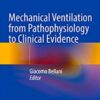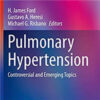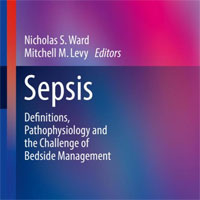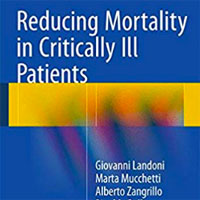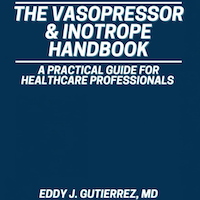Elevation of D-dimer Levels Associated with Early Need for Mechanical Ventilation Support in COVID-19 Patients
bmcpulmmed.biomedcentral.comHypoxia and thrombosis are hallmarks of severe COVID-19, and each of them can exaggerate the other, adding to the magnitude of the disease. Our study proposes that D-dimer, commonly used as a marker of thrombosis, can also be used as a simple and inexpensive marker of hypoxia, to identify patients who need mechanical ventilation as early as possible.
The study also suggests that D-dimer could also be used as a prognostic marker indicative of patient outcomes. The potential use of D-dimer for follow-up of the post-COVID syndrome should be further investigated, as these patients could experience long-term symptoms that affect their daily lives.
Identification of ‘long COVID’ patients is crucial to their reception of the most optimal care needed.
This study has a number of limitations, being retrospective and having been conducted at a single center, restricting the number of cases analyzed. We recommend applying these recommendations in other centers to evaluate the potential use of D-dimer for the prediction of early need for IMV in COVID-19 patients.


